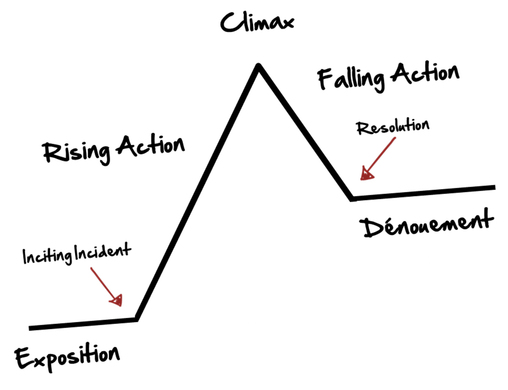| Something that often comes up when speaking to photography teachers is the difficulty of helping students effectively plan for the final ten hour period of unit 2, the externally set task. Digital photography brings with it a certain amount of immediacy and opportunity to create a large and in-depth body of work in a shorter space of time. The diversity of the work that students can explore and create is vast. Whether you agree with a GCSE in photography being bound by the same rules as other Art and Design specifications or not, at this point in time it is up to us to devise creative and innovative ways in which to utilise the ten hour period so that it best benefits our students and strengthens their body of work rather than being just a token gesture. |
From early on in the unit 2 process I have started to ask my students to think not about what they are going to do (content etc, too early yet) but how they would like to work during the ten hour period, from these discussions I hope to guide the learners down a path to a project that has substance and value. Some of the ideas that we share are very much the traditional expectations of the ten hour period, students may plan to set up, build and create still life subjects or create mixed media pieces with their photographs whilst other ideas may require more work to be done prior to the controlled time in the collection of portraits where a model is required, landscape images captured and film footage shot. We were fortunate enough to be given five hours for a mock exam in December, many students were surprised by how much they could achieve in that amount of time and many were caught out by how poorly that had prepared.
The ideas below are just a few that I have come up with for students to try in our mock exams and exams of the past:
- Sequence and make (fold, glue or sew) a series of books to present work on the theme. Good for those creating images before the ten hours, portraits, landscapes, documentaries etc. Students could study the resurgence of printed media by looking at small run printers and publishers such as Café Royal Books and Hoxton Mini Press.
- Create a video or film piece including sounds, music or narrative using their footage and images. Those interested in story telling could look at Chris Marker's ‘La Jetée’ or for documentary, the work of Ken Burns.
- Build still life setups to photograph, spend time editing the images before improving and re shooting. Recently we’ve had a student dropping lemon slices into cola to capture the splash and cooked meals being photographed in a Dutch painting style.
- Mixed media pieces. Students in our recent mock exam printed their photographs so that they could collage, paint onto or sew into them. I found (afterwards) that its a good idea to check if this is where a students skill set lies before they commence the project.
- Create a journal or diary. A looser version of the book idea combining elements of a mixed media piece or scrapbook.
Also some great ideas were shared on the Through the Lens Facebook group when I recently posted on the same topic:
- Students create installations and re-photograph work in various locations around school (requires extra supervision) - Louise Clazey
- Design a photo product - Calendars, magazines, flyers, leaflets etc - Jessica Flobalobadob
- Experimenting with cyanotypes - ‘Sun paper’ (cyanotypes) or fabrics painted with the chemicals can have images exposed onto them using a printed acetate negative or object before being worked into in a variety of ways.
- Create paper clothing using their own images - Natasha Kipling
- Photo Sculptures - Judith Tutin
Jon Kime, HOD Art & Design
Fred Longworth High, Wigan







 RSS Feed
RSS Feed